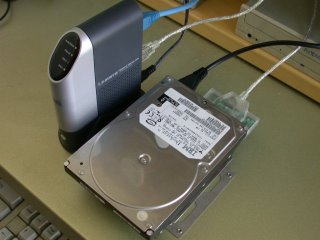Today, I go to fine tune the Ubuntu Linux in my desktop. One disadvantage of Ubuntu comparing with Debian is Ubuntu supports less packages officially. For example, the SCIM, a Input Method modules support many languages, is not included in Ubuntu.
To install the SCIM, I includes the "Universe" packages pool in my Ubuntu and install the SCIM. The "Universe" pool contains some extra packages which is not officially support by Ubuntu team. After install the SCIM, I try to run the "Setup" of SCIM. However it can't run properly -- seg. fault. As a Debian user, this problem becomes the weak points of Ubuntu. In Debian, it officially support much more packages than Ubuntu. I think Ubuntu need to put more effort to support more packages.
Finally, I decide to install a Debian on my desktop and give up the fine tuning the Ubuntu. The installation of Debian is more complicated than Ubuntu. Fortunately, I am a experienced Debian User.
After installation complete, the XWindow can start correctly. However, my sound card doesn't work. To solve this, I need to install ALSA package via the "aptitude" (Note: aptitude is a Debian package manager). Moreover, the middle button of my mouse doesn't work and this is similar to the case of Ubuntu. The solution was mentioned yesterday's BLOG entry. Then, I install the SCIM and other Chinese related packages. The SCIM works properly!

